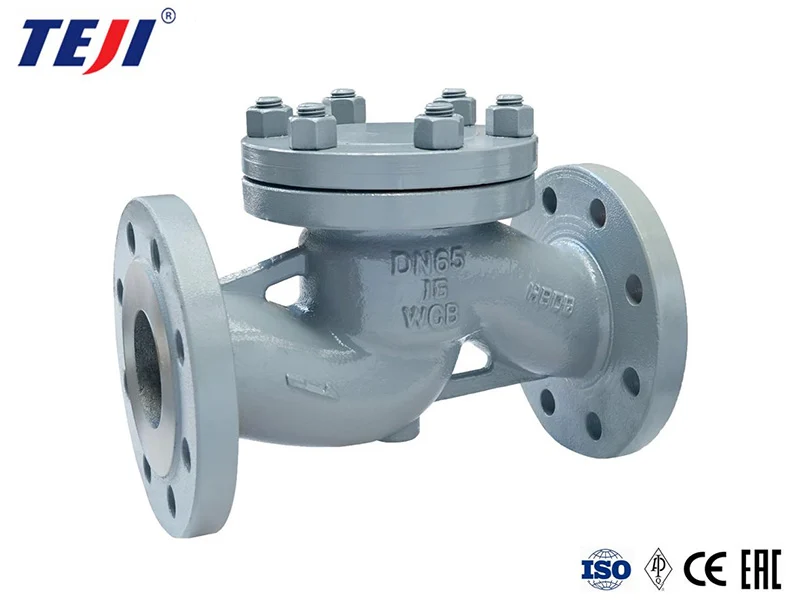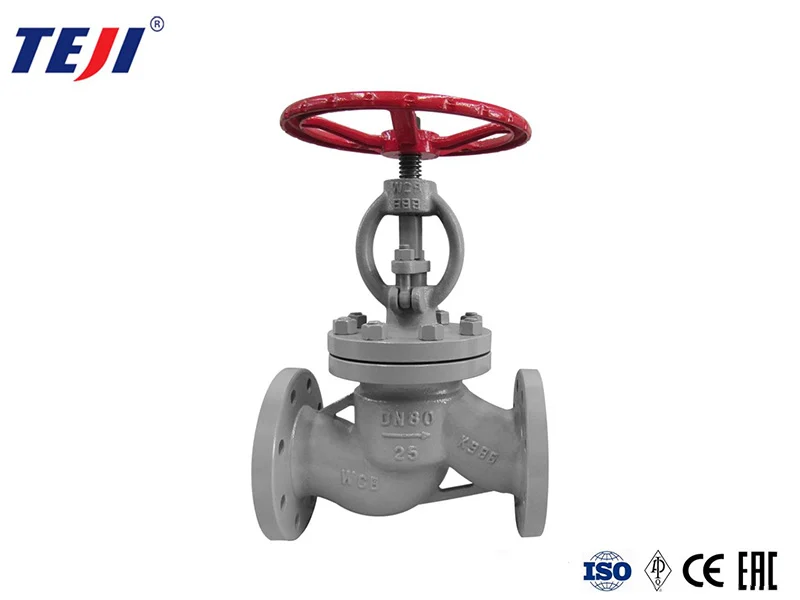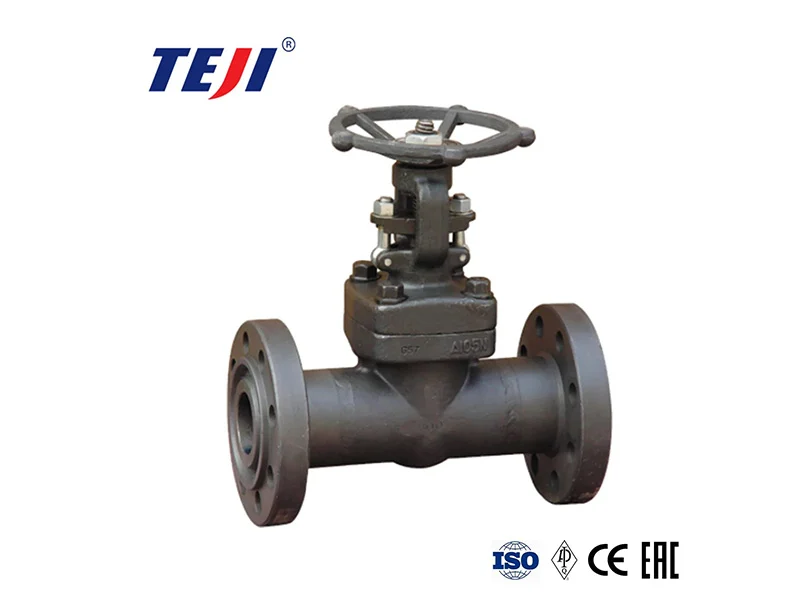
A check valve is an automatic valve primarily used to prevent fluid backflow. It operates by its own weight and the pressure of the medium to block backflow. It has a simple structure, is easy to install and maintain, and has a wide range of applicability, suitable for a variety of media, including gases and liquids. Common types include lift, swing, and butterfly types.

A globe valve is a widely used, forced-seal valve. This valve allows unidirectional flow and is directional during installation. Its structure is simpler than a gate valve, but it offers greater fluid resistance. Its advantages include excellent sealing, wear resistance, and long service life. It is suitable for medium, low, and high pressure environments and can control a variety of media, including air, water, and steam. It is often used in applications where flow regulation or frequent opening and closing are required, such as boiler feedwater and steam pipelines.
The difference between a check valve and a globe valve
| Comparison Project | Check valve | Globe valve |
| Work principle | The valve automatically opens and closes by relying on the pressure of the fluid itself. When the fluid flows normally, the valve automatically opens; when the fluid attempts to flow in the reverse direction, the valve automatically closes by relying on the fluid pressure or gravity to prevent reverse flow. | The valve stem drives the valve disc to rise and fall to open and close the fluid channel and adjust the flow rate. |
| Design structure | There are various structures, the most common ones are lift type, swing type and butterfly type. There is no external operating mechanism, and it is automatically opened and closed by the flow of fluid. | The structure is relatively simple, mainly composed of valve body, valve seat, valve stem, valve disc and seals. The valve disc is usually flat or conical, and controls the opening and closing by rotating or moving the valve stem up and down. |
| Operation | Automatic opening and closing, no manual operation required | Requires manual or electric operation to open or close |
| Flow control | Requires full opening | No need to fully open, flow can be precisely controlled |
| Flow direction control | Only one-way flow is allowed, and reverse flow is strictly prohibited | There are import and export direction requirements, but both directions are possible |
| Structural appearance | Usually no handle | Equipped with handle |
As can be seen, check valves and globe valves differ significantly from each other, from their appearance to their structure, operating principles, and effects. However, there are also some similarities. For example, lift check valves and globe valves have similar structures, both featuring key components such as a disc and seat. Lift check valves lack the stem that drives the disc, but the two share some similarities in appearance and some structural components. Both function to control fluid flow. Globe valves are primarily used to block or connect the flow of media, while check valves prevent backflow. Essentially, both control the flow of fluids in pipelines.
Applications of Check Valves and Globe Valves
Although check valves and globe valves differ significantly, they do not prevent them from excelling in the same fields.
Industrial Field
• Check Valves are essential components in pump outlet pipelines in industries such as chemical, power, and petroleum. For example, in chemical production, pumps transport liquids to equipment such as reactors. Check valves prevent backflow when the pump stops, avoiding damage to the pump and ensuring continuous and safe production.
• Globe Valves: In industrial piping systems, globe valves are often used where precise flow and pressure control is required. For example, in steam piping systems, globe valves can adjust steam flow and pressure according to actual needs, ensuring stable production processes.
Construction
• Check Valves: Check valves are widely used in building water supply and drainage systems. For example, in high-rise building water supply systems, check valves are often installed at the pump outlet and at the bottom of the riser to prevent water from flowing back under gravity.
• Globe Valves: Globe valves are used in a building’s fire protection, heating, and domestic water systems. In fire protection systems, globe valves control the flow of fire water; in heating systems, globe valves regulate the flow of hot water to achieve temperature control; and in domestic water systems, globe valves are often used to control the flow of water at various points of use.
Daily Household
• Check Valves: Check valves are used in small household water pumps, water heaters, and other equipment. For example, small household booster pumps are often equipped with check valves to prevent water from flowing back and maintain pressure within the pipes.
• Globe Valves: Globe valves are common in household plumbing systems, such as where the tap enters the home and in front of faucets in each room. They are often installed to conveniently shut off the water supply during maintenance or equipment replacement.
Summary
Check valves and globe valves are two distinct categories, but they, along with other valves, contribute to the valve world. TEJI, an excellent valve manufacturer, provides the highest quality valves for your valve needs.




